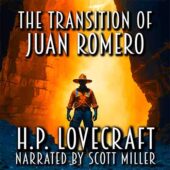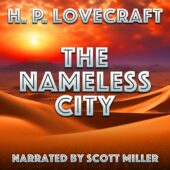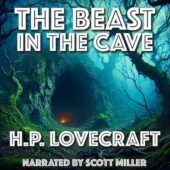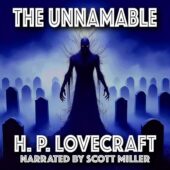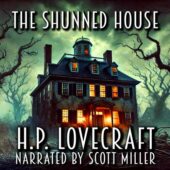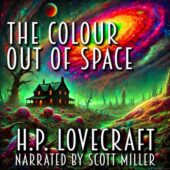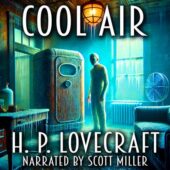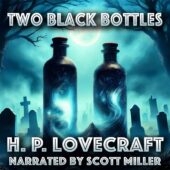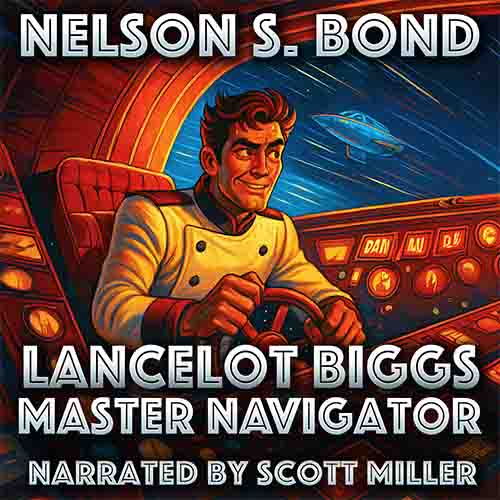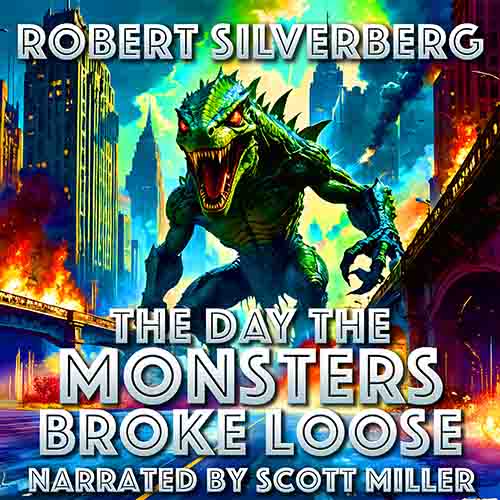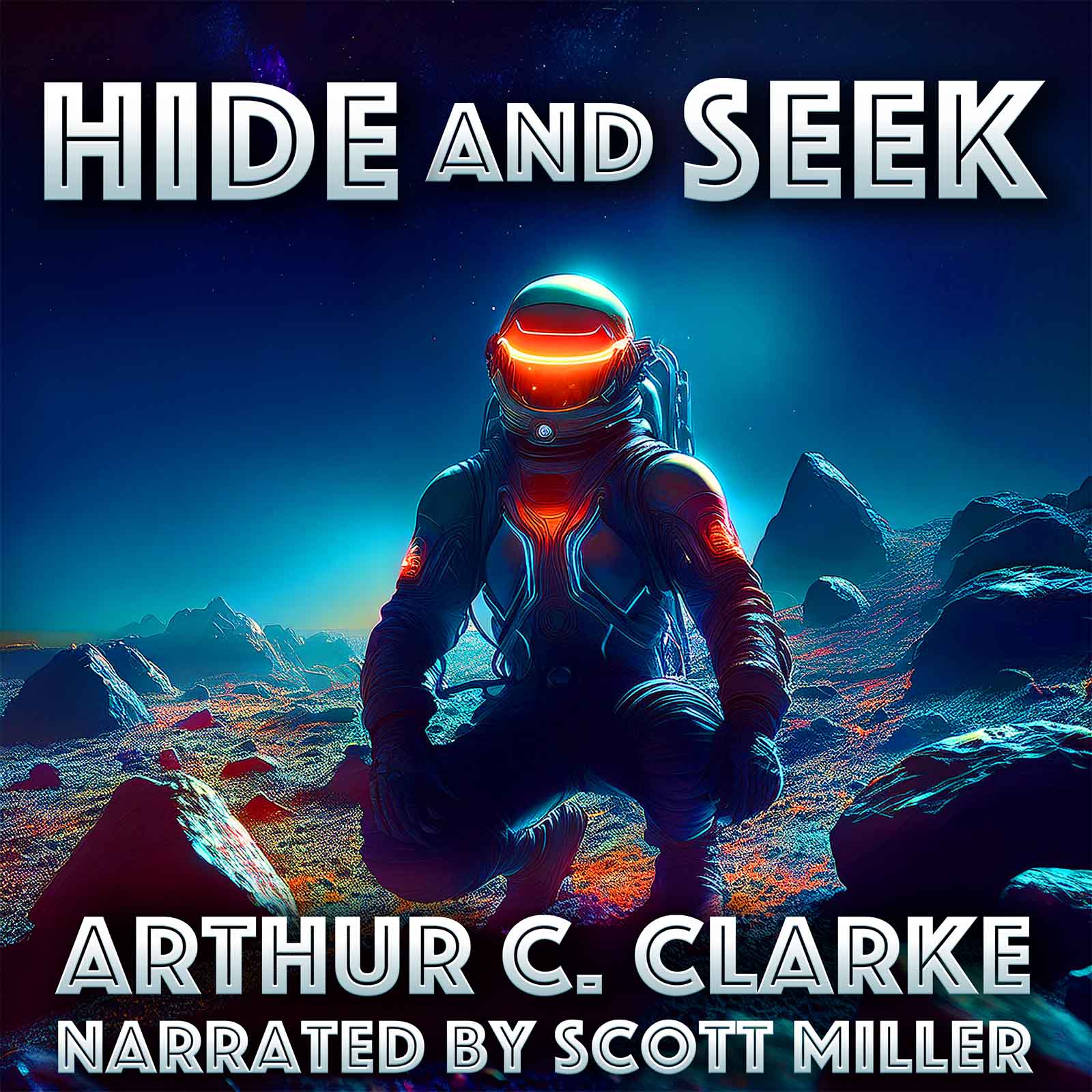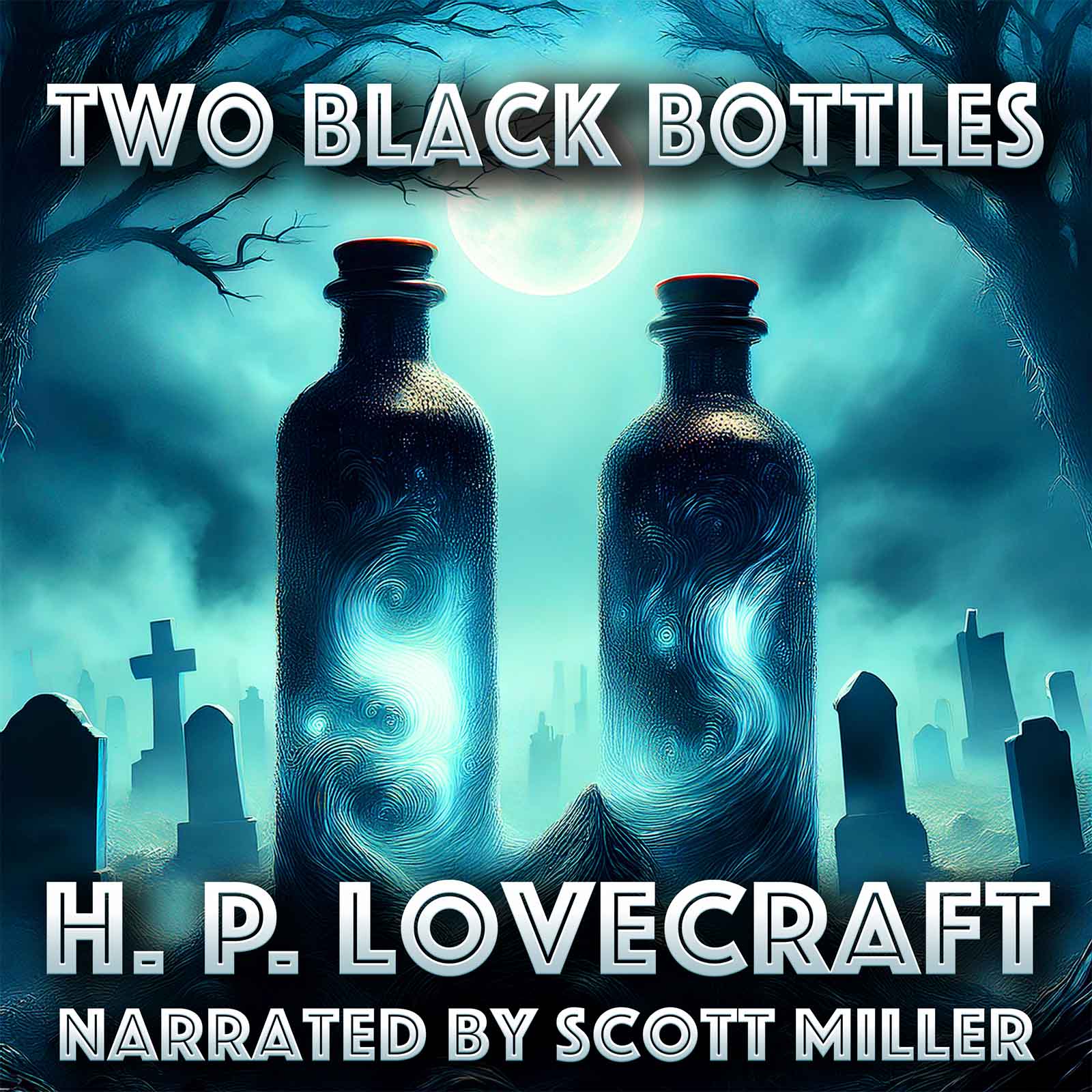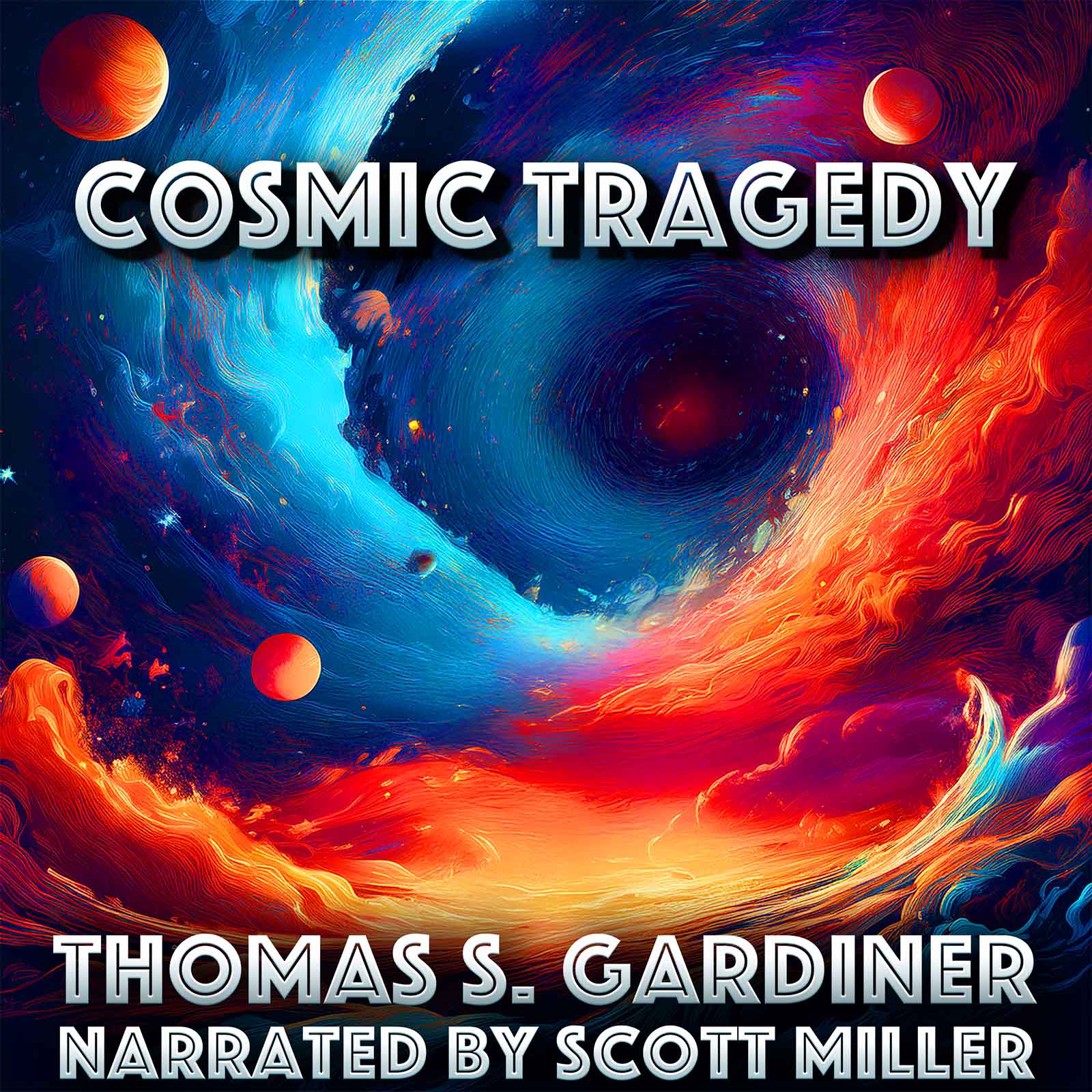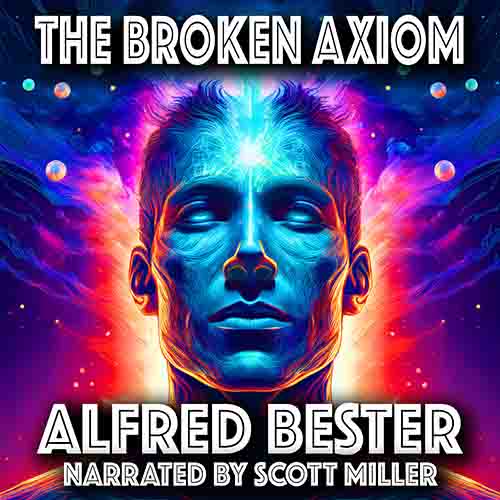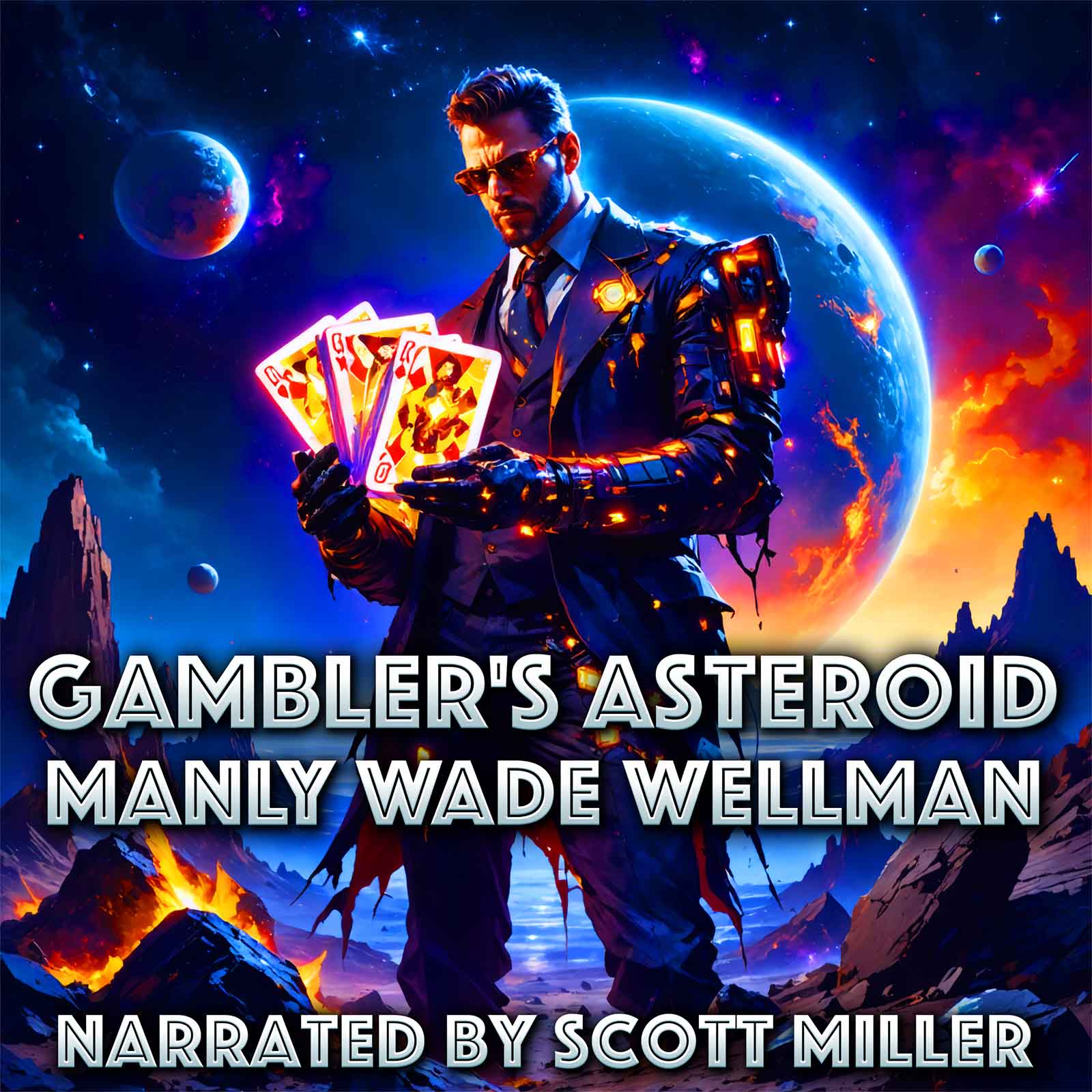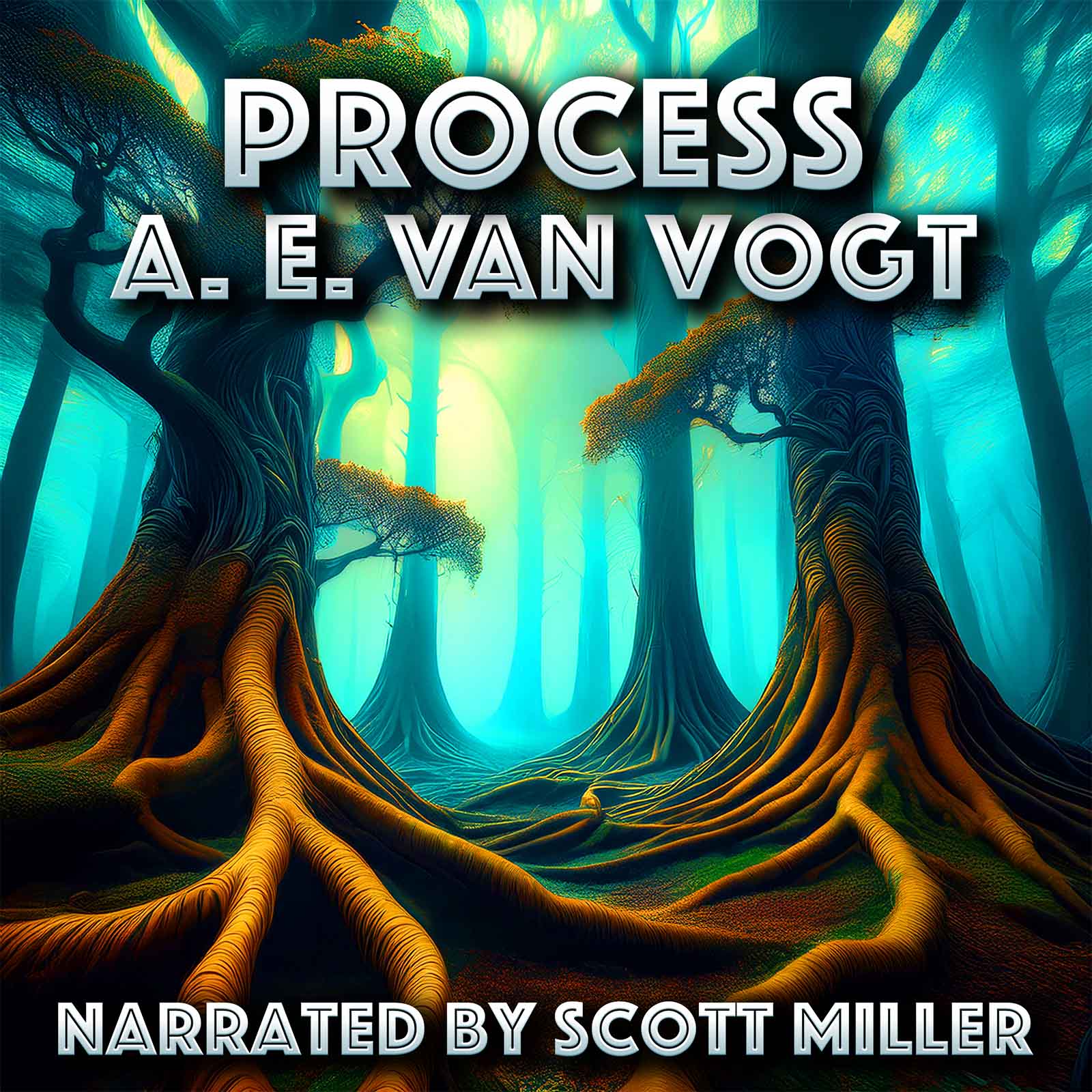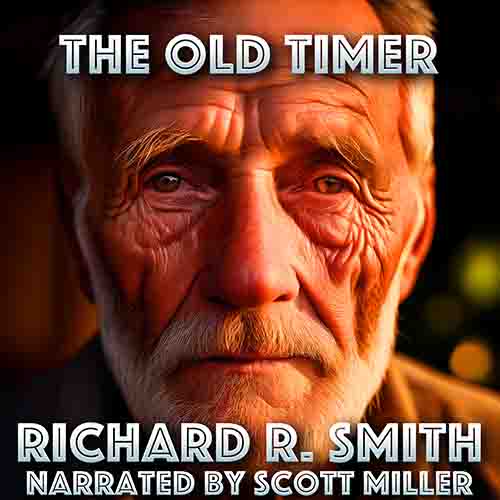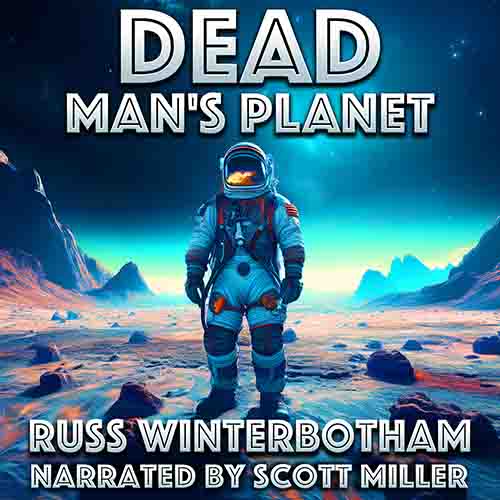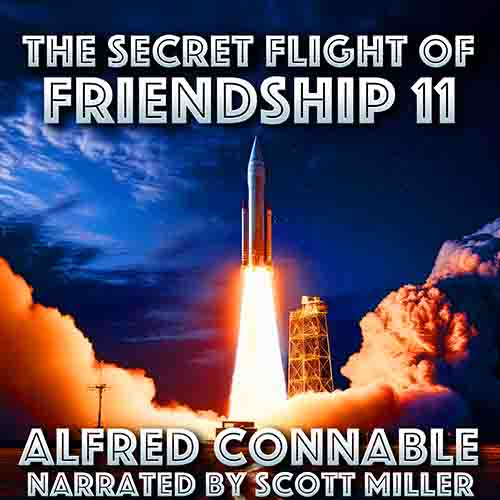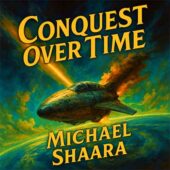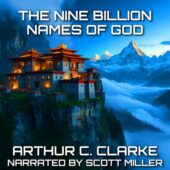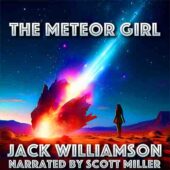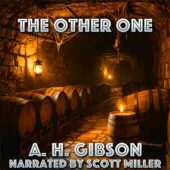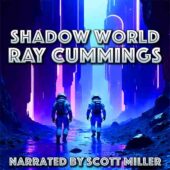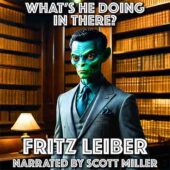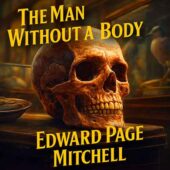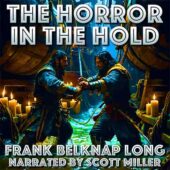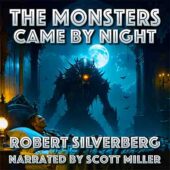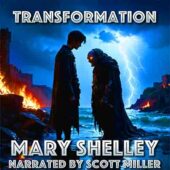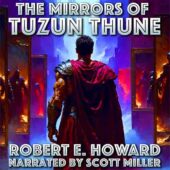H. P. Lovecraft
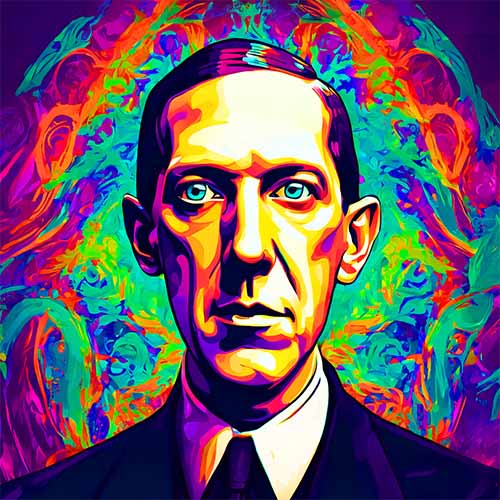
Biography
Howard Phillips Lovecraft (1890–1937) was an American writer of weird fiction, horror, and early science fiction whose work has had a profound influence on modern popular culture. Though he lived most of his life in poverty and obscurity, Lovecraft’s mythos of cosmic terror—vast, indifferent universes populated by incomprehensible beings—reshaped horror literature and continues to inspire writers, filmmakers, and artists around the world.
Lovecraft was born in Providence, Rhode Island, where he spent nearly his entire life. His childhood was marked by tragedy: his father suffered a mental breakdown and died when Lovecraft was young, and his mother’s fragile health left him isolated and sheltered. A precocious child, he devoured literature, astronomy, and mythology, and by his teens he was writing stories and poetry steeped in Gothic atmosphere. Poor health and anxiety prevented him from finishing school or establishing a steady career, so he devoted himself to writing, supported intermittently by small inheritances and odd editorial work.
Lovecraft’s early stories, influenced by Edgar Allan Poe and Lord Dunsany, appeared in pulp magazines like Weird Tales in the 1920s. Gradually, he began to develop what became known as the Cthulhu Mythos: a loosely connected cycle of tales set in a universe where ancient alien gods—Cthulhu, Nyarlathotep, Yog-Sothoth, and others—exist beyond human comprehension. In stories like “The Call of Cthulhu” (1928), he captured the essence of his philosophy of cosmic horror: the belief that humanity is insignificant in the face of a vast, indifferent cosmos. His monsters were not mere ghouls or vampires, but embodiments of humanity’s powerlessness before forces it could neither understand nor control.
Among his most famous works are At the Mountains of Madness (1931), an Antarctic expedition tale uncovering the ruins of a prehistoric alien civilization; The Shadow over Innsmouth (1931), blending small-town decay with genetic horror; The Dunwich Horror (1929), a rural gothic infused with occult dread; and The Colour Out of Space (1927), in which an alien presence devastates a New England farm. These works combined meticulous detail, archaic style, and mounting unease to create a sense of awe and terror unlike anything in his time.
Lovecraft’s fiction also included early science fiction elements. Stories such as The Shadow Out of Time (1934) and The Whisperer in Darkness (1930) dealt with time travel, extraterrestrials, and cosmic history, linking scientific speculation with horror. His vision helped pave the way for modern science fiction horror, influencing films like Alien and countless others.
Though largely unpublished in book form during his lifetime, Lovecraft maintained a vast correspondence with fellow writers, encouraging and collaborating with figures such as Robert E. Howard, Clark Ashton Smith, August Derleth, and Robert Bloch. Through these networks, his ideas spread and flourished. After his death, his friends, particularly Derleth, worked to preserve his stories and expand the Mythos, ensuring his survival in the literary canon.
Lovecraft’s personal views were as complex as his fiction. He was a passionate antiquarian and skeptic, yet also a staunch materialist and atheist, believing the universe to be devoid of divine order or human-centered meaning. Unfortunately, he also held racist and xenophobic views that appear in both his personal writings and occasionally in his fiction. These views, repugnant to modern readers, complicate his legacy but remain part of understanding the man behind the mythos.
Lovecraft lived his final years in poverty and poor health, dying of cancer in 1937 at the age of 46. At the time, he was known only within small pulp circles. Yet his reputation grew steadily after his death, as his unique vision of horror was recognized as revolutionary. Today, he is regarded as one of the most influential horror writers of all time, his works inspiring generations of authors from Stephen King to Neil Gaiman, and shaping entire genres of film, games, and literature.
Lovecraft’s legacy lies in the creation of cosmic horror—the idea that true terror is not found in ghosts or monsters, but in humanity’s confrontation with its own fragility and insignificance. The term “Lovecraftian” now describes not only his specific mythos but also the broader aesthetic of unknowable terrors, ancient ruins, and vast cosmic indifference. His creations—Cthulhu, Arkham, the Necronomicon—have become enduring symbols in popular culture, referenced in everything from heavy metal songs to blockbuster movies.
Though controversial and flawed, H. P. Lovecraft reshaped the boundaries of speculative fiction. His fusion of horror, science, and philosophy created a body of work that transcended his time, giving voice to the anxieties of the modern age and the eternal mystery of the unknown. Over eighty years after his death, his shadow still looms large, proving that the fear of the incomprehensible is timeless—and that Lovecraft’s tales of cosmic dread will endure as long as readers seek both wonder and terror in the dark.
